Hong Kong is a sultry mix of high-rise skyscrapers (the largest number of skyscrapers of any city in the world) that climb up forested peaks. It’s a fusion of ancient Han Chinese culture and tradition that seamlessly melds with urban modernity. Luscious islands, floating fishing villages, beaches along the South China Sea and panoramic hiking trails make Hong Kong the perfect travel destination for those who love a blend of the big city life and nature – no matter whether you’re traveling from Johannesburg, New York or London to Hong Kong.
Hong Kong is a global financial centre and has become a significant commercial port, due to its location. The Cantonese pronunciation hēung gong translates to fragrant harbour or incense harbour, which refers to the scent coming from incense factories that lined the coast of northern Kowloon and the warehouses where it was stored near Aberdeen Harbour.
Is the Hong Kong pass worth it?
The two-, three- or four-day Official Hong Kong Pass includes free entry to 13 of Hong Kong’s top tourist attractions as well as discounts with various partners, which offers travellers huge savings. I have included some of those attractions in this post and highlighted them in bold. The mobile pass generates a unique QR code on your smartphone that will be scanned upon entry to any attraction – a great way to minimise physical contact as we travel post-Covid. It also allows Hong Kong pass holders to skip the queue at certain attractions, which is ideal if you have limited time. You can also download a free guidebook on the website under the ‘guidebook’ tab.
A little bit of context about Hong Kong
I’m trying to be a little more cognisant about the way in which I write about the countries I travel to and the people I meet along the way. So often travel writing, in its pursuit of representing a destination as idyllic and the next place you MUST travel to, omits the trickier parts of a country’s history.
One of the most commonly asked questions when planning a trip to Hong Kong is whether it is part of China. Yes, it’s a special administrative region of China located along the eastern Pearl River Delta with around 7.5 million inhabitants of various nationalities – predominantly Han Chinese from various regions (such as the Taishanese, Teochew, Hakka) and Cantonese people. The remaining eight per cent of the population have heritage from surrounding countries, such as the Philippines, Indonesia and South Asia or are descendants of British colonialists. The British colonised Hong Kong during the First Opium War in 1841 between the Qing dynasty of China. And it remained under British rule until the late 20th century, with a brief period of Japanese occupation during the Second World War, from 1941 to 1945.
While the vast majority of the population holds Chinese nationality, which was granted to all ethnic Chinese residents at the transfer of sovereignty from Britain to China in 1997, around half of Hong Kong citizens have some form of British nationality. Cantonese and English are the two official languages, though a larger percentage of inhabitants also speak Mandarin.
In its status as a special administrative region, Hong Kong retains separate governing and economic systems from that of mainland China. This is upheld under the principle of “one country, two systems” where the territory has some sense of autonomy and its people have more rights than those in mainland China. Very briefly, the ongoing pro-democracy Hong Kong protests started in June 2019 against plans to allow extradition to mainland China, which would undermine Hong Kong’s judicial independence. While the extradition bill was withdrawn in September 2019, residents are still demanding that their remaining four demands are met and that they are granted full democracy.
Star Ferry offers the best view of Victoria Harbour
The Star Ferry is probably one of the most poplar tourist attractions in Hong Kong and the most picturesque way to get between Victoria Harbour (on Hong Kong Island) and Kowloon. While the harbour can also be crossed by railway and road tunnels, onboard the ferry you can marvel at Hong Kong’s enormous towers and the mountains that rise above them. Before the steam ferry service was established in 1888, people crossed the harbour in flat-bottomed wooden sampans. Today, the Star Ferry transports over 70 000 daily passengers or 26 million each year, across its two routes. It also undertakes a Harbour Tour. This tourist cruise takes a circular route across all the stops, namely Tsim Sha Tsui and Central and Wan Chai.

You’re sure to find a seat (either above or below the deck) on this popular tourist attraction. Between the two routes, the ferry starts running at 06:30 and makes its final drop off at 23:30. And with ticket prices ranging between HK$2.20 – 3.70 (or HK$27.50 for a four-day tourist ticket) it’s fairly affordable too. Be sure to check the departure times and fares for your chosen route.
The best time to take the evening ferry is during the daily Symphony of Lights show. It is the world’s largest permanent light and sound show, according to Guinness World Records. Around 40 buildings partake in this orchestration of music, decoration lights, lasers and fireworks that takes place every evening at 20:00 and lasts for about 14 minutes. The Star Ferry is said to be the best vantage point for this multimedia show, alongside the Avenue of Stars on the Tsim Sha Tsui Waterfront and the waterfront promenade outside the Golden Bauhinia Square in Wan Chai.
Hong Kong is famed for its skyline
The best place to view Hong Kong’s spectacular skyline from up close – its skyscrapers and side alleys, the financial district that spills out onto the water, the colourful Buddhist and Taoist temples – is from Kowloon Waterfront. Hong Kong’s tallest building is the International Commerce Centre, which reaches a height of 484 metres with its 118 stories. It’s also the 12th-tallest building in the world. The 15 topmost floors are the playground of the Ritz Carlton Hotel. While the Sky100 Hong Kong Observation Deck is found on the 100th floor at 393 metres. When the HSBC Tower was constructed in 1985, to the tune of more than HK$5 billion, it was the world’s most expensive building. And you might recognise The International Finance Centre II from movies like The Dark Knight and Tomb Raider 2.
The top of Victoria Peak also offers magical views of the urban vistas below. Sit on the right side of the Peak tram (for the best views) during the 7-minute ride to the top. Autumn and winter, between October and February, are the best time of year to see the Hong Kong skyline, as the likelihood of rain or a typhoon is lower.

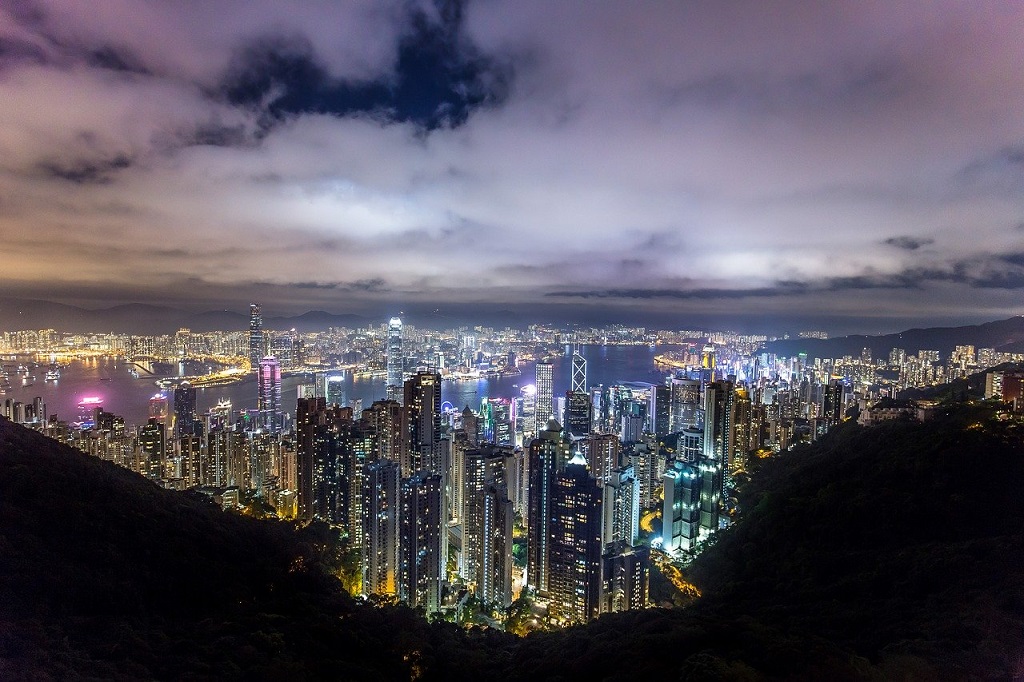
Dragon’s Back Hike is a must
Though it takes around four hours to cover the 8.5km length of the Dragon’s Back Hike, it’s only moderately difficult. While the best reward is surely the sightseeing platform near the peak, which overlooks southern Hong Kong Island and its stretching shoreline, the other four stops also offer picturesque viewpoints. They are also the perfect respite, if you choose to do this hike over the course of a full day.
The Shek O Peninsula Viewing Point overlooks the beach by the same name and the two islets just off the coastline. When you arrive at the summit of Shek O Peak (stop number two at 284 metres), look back from where you came to understand how this hiking trail got its name. The third viewing point showcases Tai Tam Bay. And on a clear day, you might even see Lamma Island, which lies southwest of Hong Kong Island. As you cross the ridge, you’ll arrive at Pottinger Gap to views of Chai Wan with its skyscrapers against a verdant hilly background. When you descend from the trail, you’ll arrive at Big Wave Bay Beach, where you can refresh in the cool waters. Adventurous types, who want to watch sunrise or sunset from the Dragon’s Back trail, should consult the Hong Kong Observatory for times.

Dwadle along Temple Street Night Market
After sunset or round about 18:00, once your stomach starts rumbling, ask a local to point you in the direction of Temple Street Night Market. It is, as you guessed, found on the street by the same name. But what you might not have known is that this night market stretches back as far as 1920s, when vendors started serving temple goers rather than tourists. The street lies across many blocks on either side of Tin Hau Temple complex. Today, amid the neon electric buzz and crowded street, you’ll find clothes, tech and gadgets, as well as souvenirs on sale.
Like many other Asian destinations, street food is such an integral part of the culture and offers an insightful taste into the cuisine. Street food favourites include on-the-go seafood skewers, bowls of fried rice and noodles, as well as Hong Kong-style bubble waffles which are popping up all over the world. Foodies should pop by Woo Sung Street (parallel to Temple Street) for the best and widest selection of street food.
Big Buddha on Lantau Island
Lantau Island is famed for Tian Tan Buddha or the so-called Big Buddha – the biggest Buddha statue in Hong Kong. It measures 35 metres and is made of 160 bronze pieces. The statue sits in the Lotus position as it serenely watches over the people of Hong Kong.
Within 25 minutes, the Ngong Ping 360 cableway will take you over luscious mountainscapes and the South China Sea to Ngong Ping Village. If you’re brave enough, pay a little extra for the crystal cabin, an entirely glass cable car that showcases 360 views of the journey. Alternatively, you could climb the 268 steps.
Since you’re already here, visit the nearby Po Lin Monastery and its Hall of Ten Thousand Buddhas, which is filled from floor to ceiling with golden Buddha statues. Make a day of it and drop by Tai O Fishing Village or visit Hong Kong Disneyland Resort if you’re travelling with children.

The Peace and traquility of Lamma Island
Lamma Island, which previously called Pok Liu or Pok Liu Chau, is one of the most popular tourist destinations in Hong Kong. It’s the third largest island of Hong Kong’s 260-plus outlying islands. With an area of around 13.55km2, it is second only in size to Lantau Island and Hong Kong Island. In addition to the mouth-watering seafood, undulating mountains, rustic scenery and refreshing waters, its tranquil atmosphere offers the perfect retreat in nature for the day. As Lamma Island is located 3km southwest of Hong Kong Island, it’s quick (30 minutes), easy and affordable to reach via the pier. It’s a peaceful alternative to hectic city life and you won’t find any buildings higher than three storeys here.
Popular activities include the 3km Family Walk, which runs through Yung Shue Wan and Sok Kwu, the island’s two largest villages. As well as a visit to the 19th century Tin Hau Temple, which is dedicated to Tin Hau, the Goddess of the Sea. Hung Shing Yeh and Lo So Shing beaches are also not to be missed. While those with a penchant for world war history should explore the three Kamikaze Caves and tunnels, which were built as an ammunition store by Japanese troops during the Second World War.

Hong Kong Park and its aviary
Amid all those high-rises that reach for the clouds, there’s a splendid park that has carved its place (around 80 000m2) in the centre of this vibrant city that never seems to slow down – even on week-day evenings or in the hours that precede dawn. Hong Kong Park is located on what was once a garrison called Victoria Barracks. Several of the garrison buildings that were built between 1842 and 1910 are still found here. And the park boasts a number of indoor and outdoor facilities, such as a playground, clock tower, vantage point, a Tai Chi garden and the conservation corner.
A highlight is surely The Edward Youde Aviary where raised walkways allow visitors to stroll through the tree canopy while observing 80-odd threatened bird species, many of which are indigenous to the rainforests of Philippines, New Guinea and the Bismarck Archipelago that are under threat from rapid deforestation.
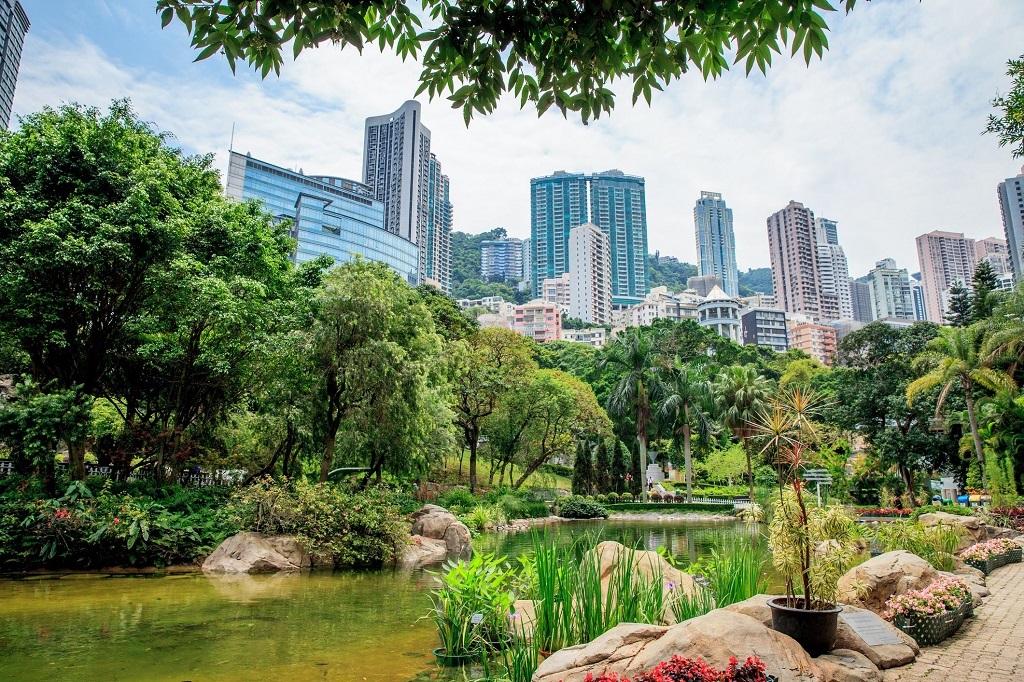
All wishes are answered at Wong Tai Sin Temple
Wong Tai Sin Temple is greatly revered by locals, and travellers, because it is believed to answer all of your wishes. They travel to the southern side of Lion Rock in Kowloon to worship at the temple that is dedicated to the Taoist deity of the same name.
While it is primarily a Taoist temple, it also features Buddhist and Confucian worshipping halls, which is illustrative of Hong Kong’s diverse population. In the big hall dedicated to Confucius and his 72 disciples, you will find fortune tellers regaling eager worshippers with their future, as the joss sticks fill the room with dancing smoke.

In the age of COVID-19, check local requirements and restrictions before travelling
Before you travel, please make sure you’ve checked the latest entry restrictions and compulsory quarantine requirements for arriving into, and transiting through, Hong Kong, as these will undoubtedly be updated on a regular basis. All passengers arriving into Hong Kong will be required to undergo a medical test for COVID-19 (with same day results) upon completion of immigration and customs requirements and undertake a 14-day compulsory quarantine (at the time of writing). Accurate and up to date information can be found on the Government of Hong Kong (Inbound Travel) Website.
Feel free to read some of my other posts from Asia, such as Singapore, Sri Lanka and South Korea.
Pin this for later!
This post was written in partnership with Cathay Pacific Airways, which is headquartered in Hong Kong and has its hub located at Hong Kong International Airport. All opinions are my own, but you already know that. ; )






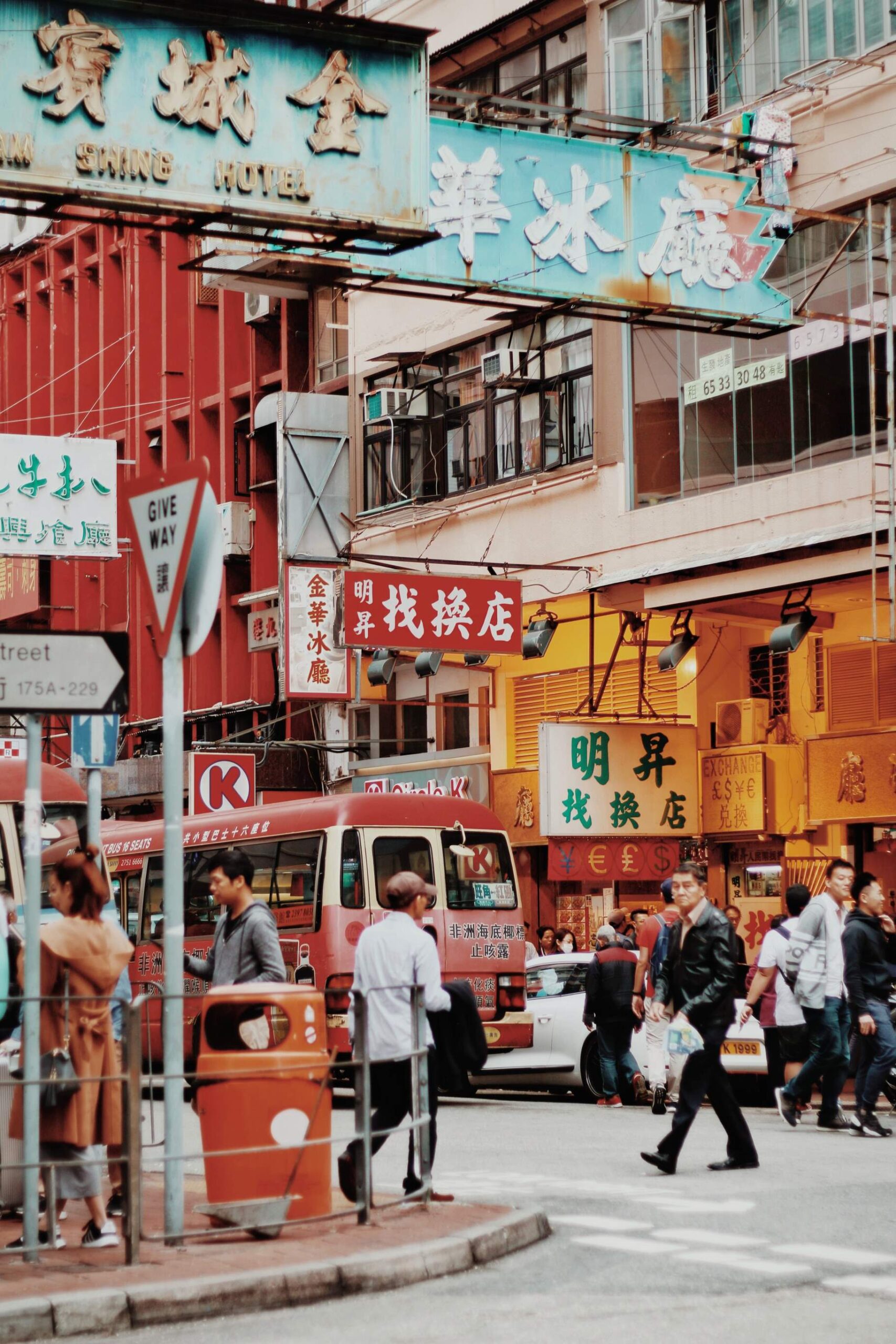

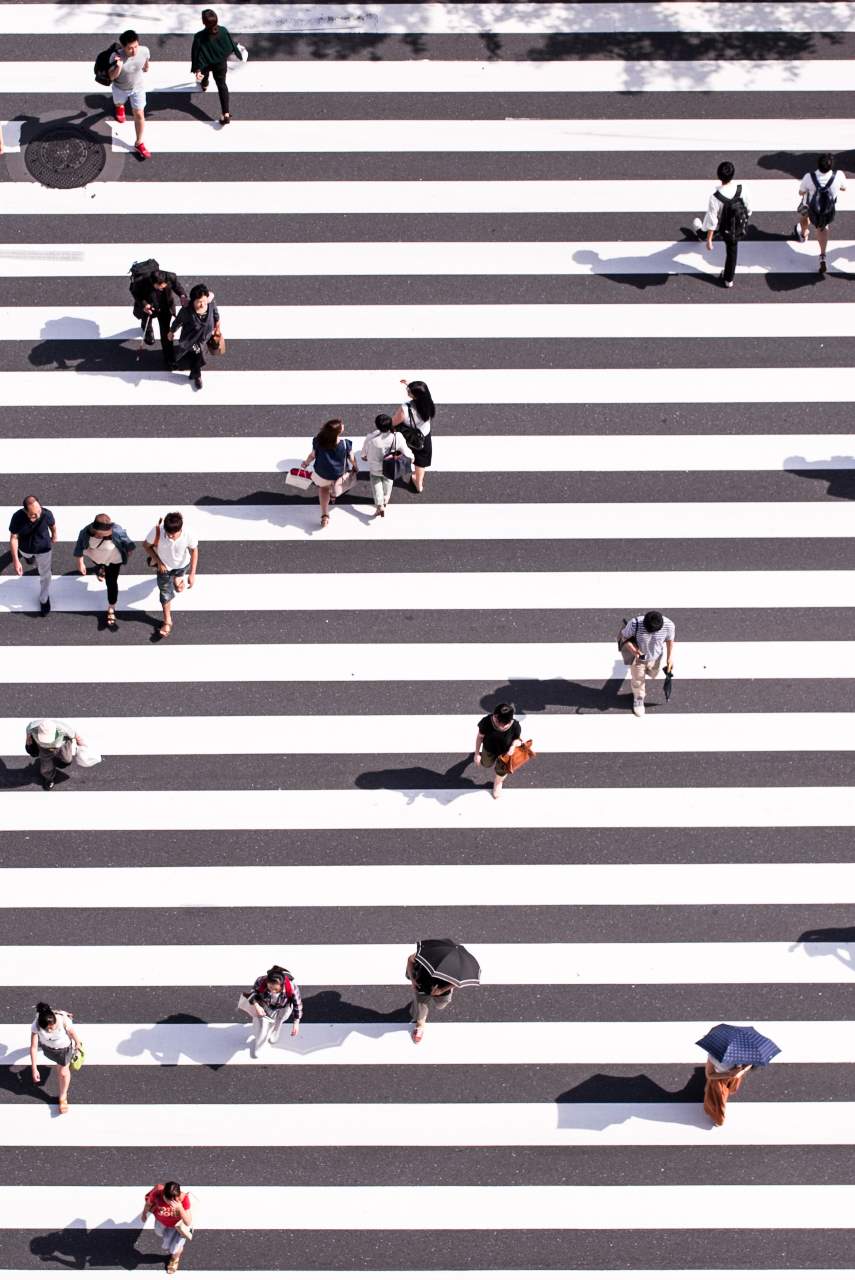
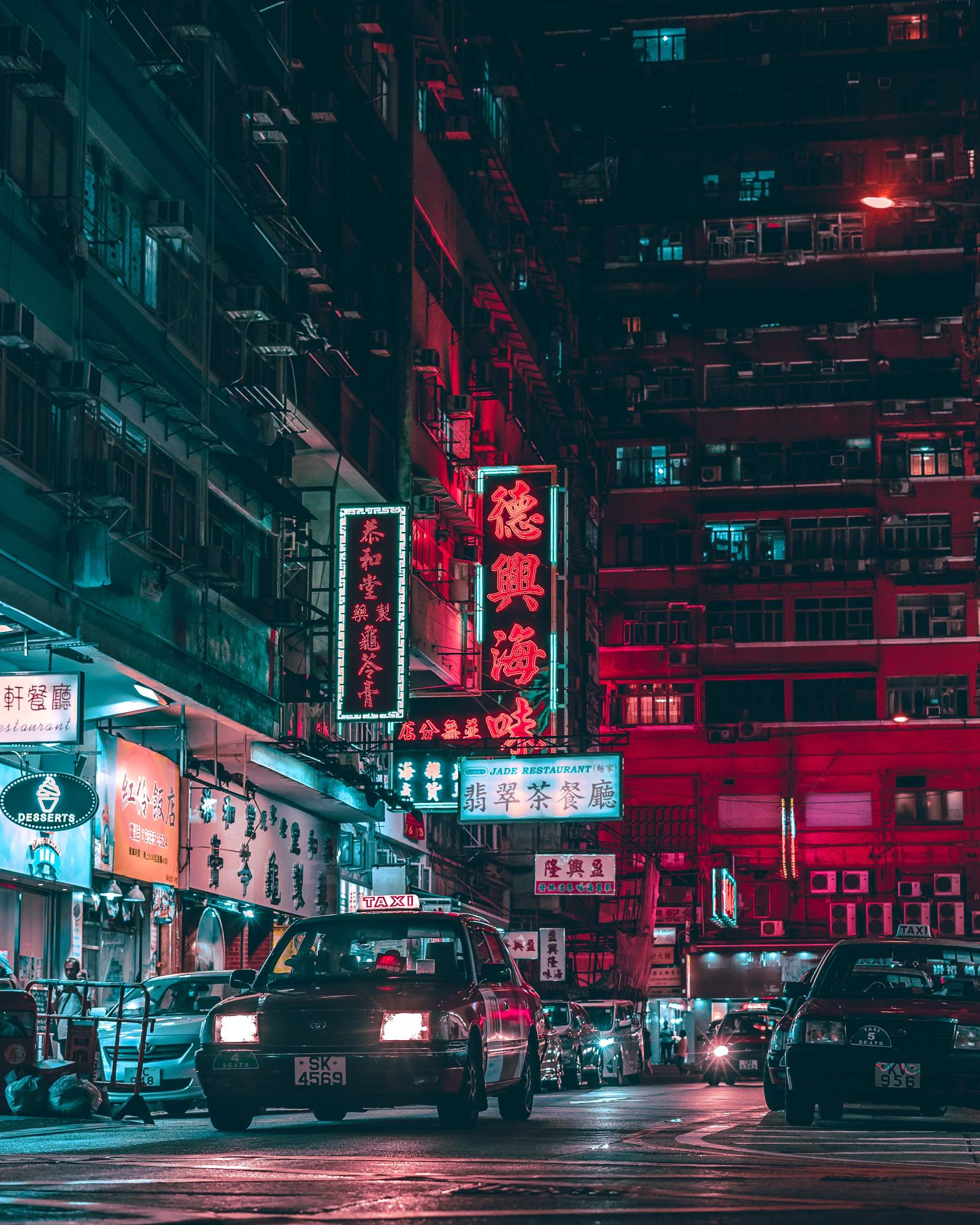

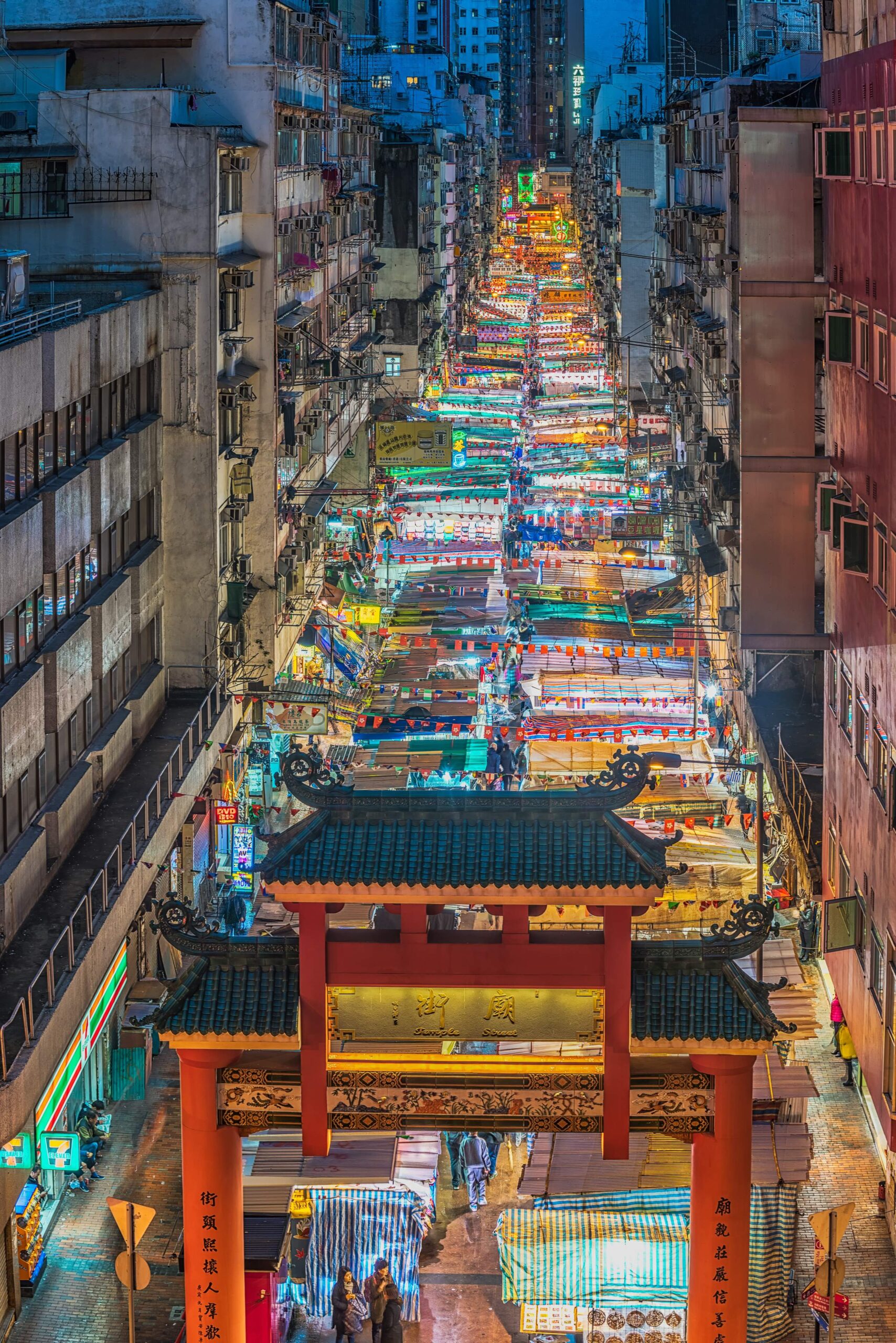
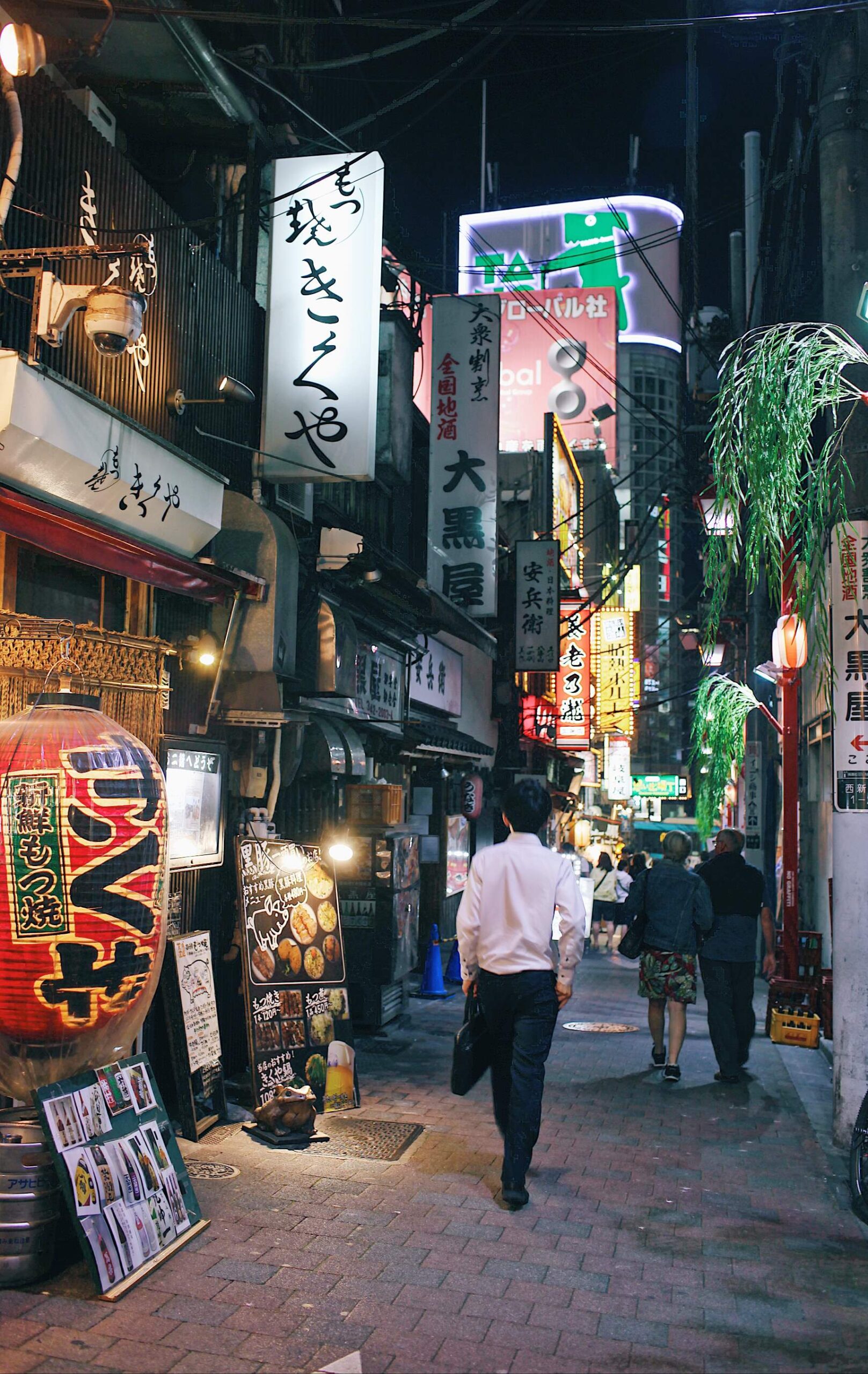

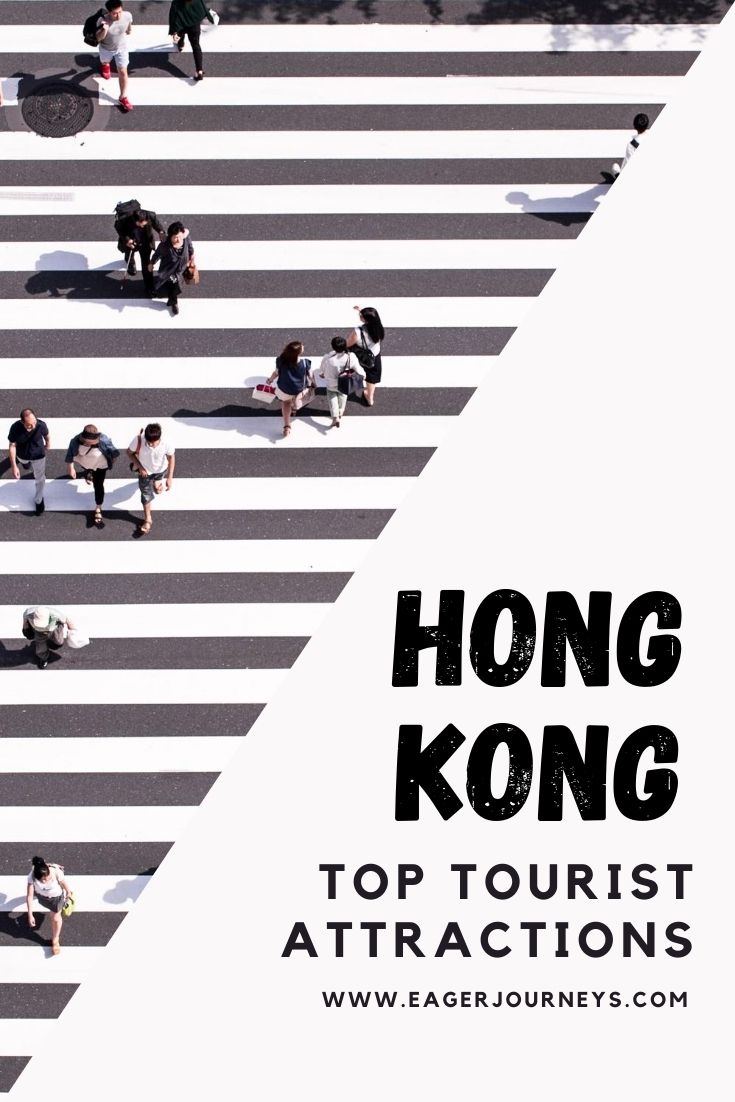
I’d love to visit Hong Kong! The skyline is beautiful
Absolutely gorgeous, isn’t it? South Korea was my home for two years, so I still have this strange hankering after high rises and cityscapes, even though nature is always my numero uno. :)
This is so silly, but I rarely imagine Hong Kong having “tourist attractions” despite knowing I want to visit, haha. This was a helpful reminder and eye-opener to some I hadn’t thought about!
I guess we all have certain stereotypes about destinations before we visit, based on what we’ve read, watched or head about it from others. Hong Kong most certainly has a number of ‘obvious’ tourist attractions, if you could call them that, but I also love delving into the cultural aspects of each destination and learning about everyday life from locals. They usually point me in the direction of lesser known sights. ;)
Hong Kong looks so cool and vibrant! I would love to visit it! I hope we can travel back to Asia soon!
YES, I have a love affair with Asia! Can’t wait to travel there again, when the time is right and it’s safe for the locals (and us) to do so.
Your photography is truly stunning!
Thank you, I wish these were mine though. They are gorgeous but were kindly supplied, as per the disclaimer at the end of the post. ;P